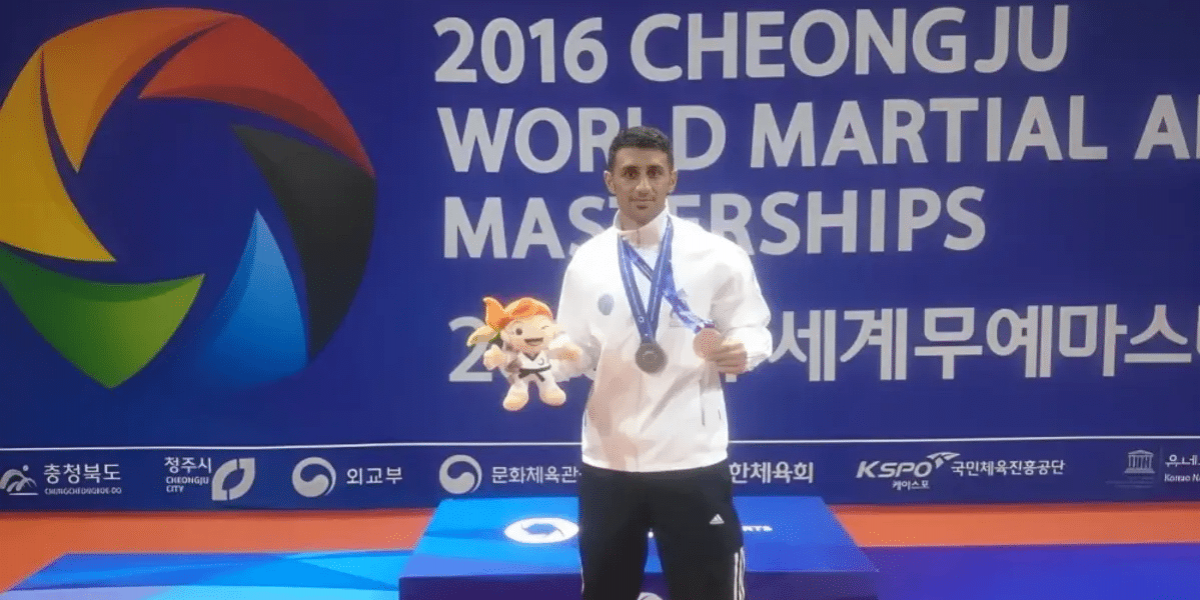Over the years, the World Association of Kickboxing Organizations (WAKO), an international sports federation recognized by the International Olympics Committee (IOC), has experienced remarkable growth in affiliated nations across five continents. To date, WAKO has over 130 member countries, out of which 131 have been officially recognized either by their National Olympic Committee or relevant National Government Sports Authority as of March 2023. As a result, the level of competition has become much more intense, and the fighters are more powerful than they were in the past. The increasing competitiveness of WAKO World championships reflects the growing popularity of Kickboxing as a sport and the rising level of skill and training of kickboxers worldwide. With more countries participating and investing in their national teams, kickboxers are pushing themselves to new levels of excellence and striving to become the best in the world. Kickboxing fights in WAKO are physically and mentally demanding and require higher levels of striking techniques, physical fitness, and dedication. So, increasing these elements is crucial for athletes.
I will discuss some weaknesses of the US national kickboxers I have seen in the last few years at the World Championships and the seminars I have taught. With my background as a world-class athlete winning several international medals and a Ph.D. student in Exercise Science, I am well-equipped to provide evidence-based strategies for improving the performance of kickboxers.
a) Adopting MMA fighting style: The first problem that US kickboxers face when participating in WAKO championships is the tendency to adopt MMA fighting styles and techniques. With the growing MMA popularity in the US, many kickboxers are exposed to and influenced by MMA fighting styles and techniques. While this may be useful for MMA fighters, it is ineffective in WAKO Kickboxing competitions. The wide stance, no footwork, lower and open guard, and open palms used in MMA are useless in WAKO Kickboxing. Proper footwork allows kickboxers to move around the ring efficiently, evade attacks, and create strike opportunities. Fighters must be able to shift their weight quickly and pivot on their feet to change direction and angles of attack. In addition, athletes must be able to deliver strikes rapidly and efficiently. Repetitive strikes with proper technique can overwhelm an opponent. Moreover, In Kickboxing, competitors do not engage in grappling and therefore do not require a lowered and open guard to defend against takedowns or catch kicks. On the contrary, adopting an open and lower guard in WAKO Kickboxing competitions makes athletes more vulnerable to a higher volume of strikes, as kickboxers employ rapid, repeated, and ongoing blows. Kickboxers must also develop the ability to block attacks effectively, necessitating accurate timing and a firm grasp of an opponent’s habits. Furthermore, Kickboxing and MMA involve different energy systems, so their training must be tailored accordingly. Kickboxing relies on an anaerobic energy system, while MMA is an aerobic sport with bouts lasting up to five minutes per round, in contrast to the two-minute high-intensity rounds in WAKO kickboxing. US kickboxers may cultivate detrimental habits and strategies by imitating MMA fighters’ techniques and styles. Instead, they should concentrate on honing the essential speed, power, and accuracy to execute strikes effectively in a fast-paced and intense setting with suitable guards.
b) Adopting Pro Boxing style: Another terrible habit some US kickboxers have developed is the tendency to fight like professional boxers. While professional Boxing is an exciting and popular sport, it differs from WAKO kickboxing in style, technique, scoring methods, and energy system. Some US kickboxers embrace a boxing-focused style, including adopting a pro boxing guard, focusing on punches, and bending too much, sometimes even bending below the belt. In WAKO kickboxing, fighters are expected to focus on both kicking and Boxing. Low-kick techniques are often the easiest way to score points. The guards and blocking methods used in Kickboxing also differ from those used in Boxing, with kickboxers needing to protect their bodies, legs, and head. Kickboxers cannot bend too much because of the risk of being hit by a knee or kick. As a result, the movements and techniques used in Kickboxing are distinguishable from those used in professional Boxing. US kickboxers who try to adopt a boxing-focused style in WAKO kickboxing may find themselves at a disadvantage against opponents focused on both kicking and punching.
c) Cutting weight too much, like MMA fighters: MMA competitors normally shed 11-22 lbs (5-10 kg) leading up to a contest, with some athletes losing as much as 30 lbs in the final 48 hours before a match. The critical distinction between MMA and Kickboxing (WAKO) lies in the rehydration period. In MMA, fighters have 24 hours or more to rehydrate following the weigh-in for a professional match, whereas kickboxers do not have this recovery time. In Kickboxing tournaments, athletes first complete the check-weight during registration and must weigh in each morning before their matches. For instance, if a tournament lasts five days, fighters must reach their specific weight category by 8 am, with bouts commencing at 10 am. This means a competitor could weigh in at 8 am and fight just two hours later. So, even if an athlete manages to lose a significant amount of weight and achieves their target weight before 8 am, their performance will likely suffer dramatically.
Drastic weight loss before a competition, particularly in combat sports, can negatively affect an athlete’s health and performance. These effects include dehydration, compromised cognitive function, diminished muscle strength, electrolyte imbalances, and heightened injury risk.
d) The demand for differentiating Tatami and Ring-style Kickboxing: It is important to note that tatami and ring-style Kickboxing require different training techniques and approaches. These two styles of Kickboxing have distinct demands and requirements, and athletes who want to excel in both styles must train accordingly. Recently, my academic peer-reviewed article from my master’s dissertation was published in the Russian Journal of Physical Education and Sports on March 2023. In this paper, I assessed the Physiological Profile of the Elite Iranian National Kickboxing Team at the Iran Olympic Academy. Also, I compared the ring and tatami-style Kickboxing physical fitness characteristics. The article provides valuable insights for coaches and athletes who want to improve their performance in both styles, so I highly recommend reading it. Coaches and athletes who want to excel in each style of Kickboxing should pay attention to the differences outlined in this study. They need to train differently in terms of technical and fitness training to meet the unique demands of each style.
Overall, US kickboxers must know the differences between MMA, professional Boxing, and tatami & ring styles of Kickboxing. Then, coaches can develop a training regimen specifically tailored to Kickboxing’s demands. Doing so can improve their chances of success in WAKO championships and ensure they compete against the world’s best kickboxers.
References:



















